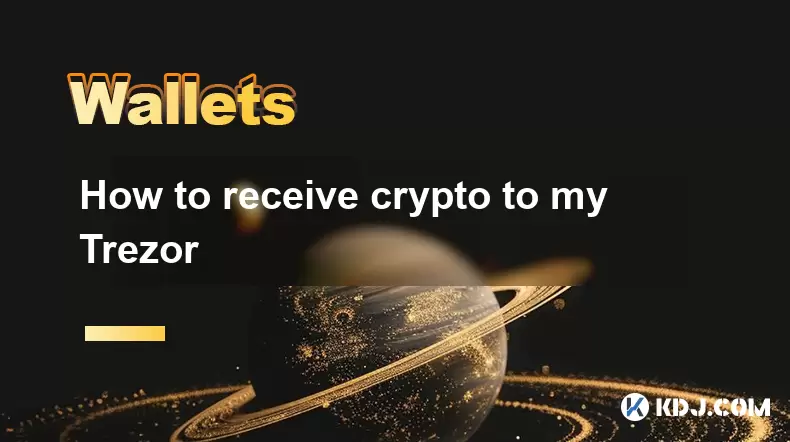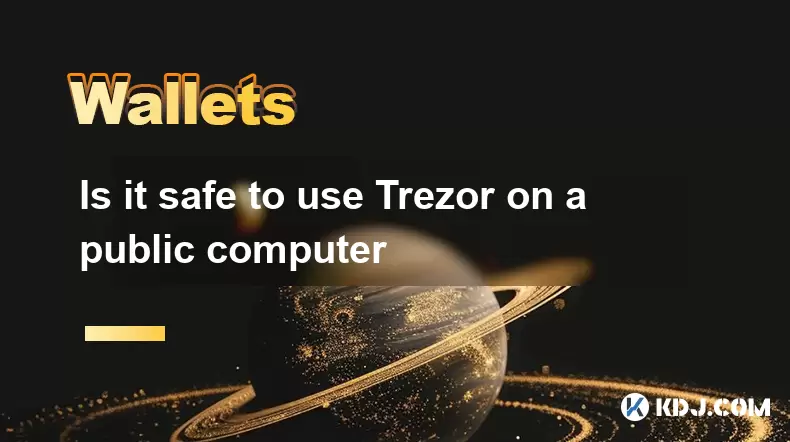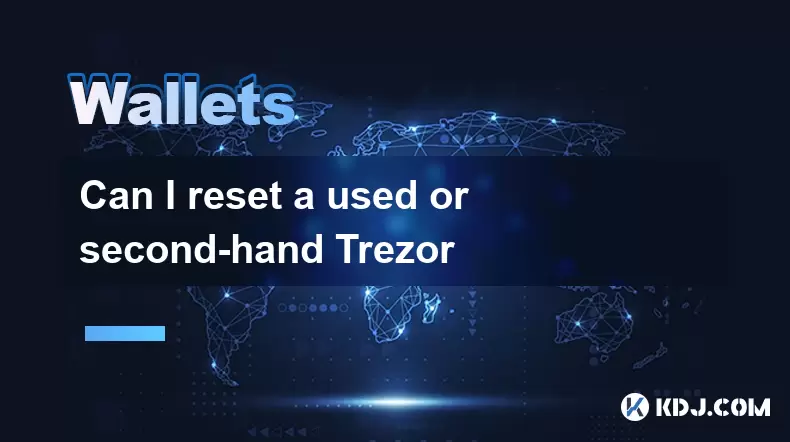-
 Bitcoin
Bitcoin $109,507.9823
0.43% -
 Ethereum
Ethereum $2,716.0274
3.79% -
 Tether USDt
Tether USDt $1.0003
-0.01% -
 XRP
XRP $2.3859
3.05% -
 BNB
BNB $665.2705
0.56% -
 Solana
Solana $154.6874
1.56% -
 USDC
USDC $1.0002
0.02% -
 TRON
TRON $0.2896
1.05% -
 Dogecoin
Dogecoin $0.1738
1.67% -
 Cardano
Cardano $0.6117
3.72% -
 Hyperliquid
Hyperliquid $40.3052
3.82% -
 Sui
Sui $2.9817
2.08% -
 Bitcoin Cash
Bitcoin Cash $505.0944
0.71% -
 Chainlink
Chainlink $14.0820
1.96% -
 Stellar
Stellar $0.2902
12.90% -
 UNUS SED LEO
UNUS SED LEO $9.0423
-0.34% -
 Avalanche
Avalanche $18.7084
1.54% -
 Hedera
Hedera $0.1714
6.33% -
 Shiba Inu
Shiba Inu $0.0...01218
2.48% -
 Toncoin
Toncoin $2.8261
1.24% -
 Litecoin
Litecoin $88.8228
1.59% -
 Monero
Monero $319.1344
2.71% -
 Polkadot
Polkadot $3.5479
2.69% -
 Dai
Dai $1.0001
0.00% -
 Ethena USDe
Ethena USDe $1.0010
0.06% -
 Uniswap
Uniswap $8.2690
6.49% -
 Bitget Token
Bitget Token $4.3622
1.19% -
 Aave
Aave $298.5989
2.11% -
 Pepe
Pepe $0.0...01042
1.97% -
 Pi
Pi $0.4663
1.15%
How to receive crypto to my Trezor
To receive crypto on your Trezor, connect it to a computer, open Trezor Suite, and generate a unique receiving address for each transaction.
Jul 09, 2025 at 09:49 am

Connecting Your Trezor Hardware Wallet to a Computer
To begin receiving cryptocurrency on your Trezor hardware wallet, you must first connect the device to a computer using the provided USB cable. Ensure that your Trozor firmware is up-to-date, as outdated versions may lead to compatibility issues or security vulnerabilities. Once connected, open the Trezor Suite application in your web browser by visiting suite.trezor.io. The software interface will guide you through recognizing the device and initiating the setup process if it’s your first time using the wallet.
Important: Always ensure that you're downloading the Trezor Suite from the official website to avoid phishing attempts or malware infections.
Navigating Through Trezor Suite to Access Your Wallet
After successfully connecting your Trezor and launching the Trezor Suite, you’ll need to enter your wallet PIN if you've already set one up. If this is a new wallet, follow the on-screen instructions to create a secure PIN and back up your recovery seed phrase. This recovery phrase is crucial for regaining access to your funds should your device become lost or damaged.
Once logged in, you'll be directed to the dashboard, where you can view your account balances and transaction history. From here, click on the specific cryptocurrency you want to receive—for example, Bitcoin (BTC), Ethereum (ETH), or any other supported coin. Each asset has its own receiving address within the wallet.
Generating a Receiving Address in Trezor
To receive funds, you must generate a unique receiving address for each transaction. Navigate to the "Receive" section under the selected cryptocurrency. Here, the Trezor Suite will display a QR code and a string of alphanumeric characters representing the public address.
You have two options:
- Scan the QR code with the sender's wallet app
- Copy the public address and share it with the sender via email, messaging apps, or clipboard
Important: Never reuse a receiving address after a transaction has been completed, as it compromises privacy and reduces fungibility.
Verifying the Transaction on the Device
Before confirming the transaction, always verify the details directly on your Trezor device. When you initiate the "Receive" action in the Trezor Suite, your device screen will display the address and sometimes the expected amount. Use the buttons on the Trezor to approve or reject the request.
This step ensures that no malicious software on your computer can alter the receiving address without your knowledge. It's a critical layer of security that protects against man-in-the-middle attacks.
Monitoring Incoming Transactions
Once the sender initiates the transfer, the transaction will appear in your Trezor Suite under the "Transactions" tab. Depending on network congestion and fees paid, the transaction may take a few minutes to several hours to confirm.
You can check the status using the blockchain explorer linked within the Trezor interface. Simply click on the transaction hash to view real-time updates on how many confirmations the transaction has received.
Important: Wait for at least three confirmations before considering the transaction fully secure, especially for large amounts.
Frequently Asked Questions
Can I receive multiple cryptocurrencies on the same Trezor device?
Yes, Trezor supports a wide range of cryptocurrencies including Bitcoin, Ethereum, Litecoin, and many ERC-20 tokens. Each crypto has its own separate address book within the Trezor Suite.
Is it safe to receive crypto on Trezor while using public Wi-Fi?
While Trezor itself remains secure due to its offline private key storage, using public Wi-Fi introduces risks when accessing the Trezor Suite online. It's recommended to use a trusted and secure internet connection.
What should I do if the receiving address doesn’t match what’s displayed on my Trezor device?
If there's a discrepancy between the address shown on your computer and the one on your Trezor screen, immediately stop the transaction. This mismatch could indicate malware interference or a compromised system.
How often should I update my Trezor firmware?
Regularly check for firmware updates through the Trezor Suite. Updates are essential for maintaining security and gaining access to new features or additional coin support.
Disclaimer:info@kdj.com
The information provided is not trading advice. kdj.com does not assume any responsibility for any investments made based on the information provided in this article. Cryptocurrencies are highly volatile and it is highly recommended that you invest with caution after thorough research!
If you believe that the content used on this website infringes your copyright, please contact us immediately (info@kdj.com) and we will delete it promptly.
- BlockDAG Leads the Crypto Pack: A 2025 Outlook on BlockDAG, Cardano, Litecoin, and Polkadot
- 2025-07-10 10:50:12
- ONDO Price Watch: Traders Eye Key Resistance for Potential $3 Target
- 2025-07-10 10:50:12
- Bitcoin vs. the Brazilian Real: Navigating Volatility in a Tariff War
- 2025-07-10 11:10:12
- VC Firms, Bitcoin, and Funding: A New York Minute on the Future of Crypto
- 2025-07-10 11:10:12
- Cronos (CRO) Jumps 16% on ETF Buzz: A NYC Take
- 2025-07-10 11:15:12
- Binance, Treasury, and IPOs: Navigating the Crypto Landscape in 2025
- 2025-07-10 11:30:12
Related knowledge

How to find a specific receiving address on my Trezor
Jul 09,2025 at 10:36pm
Understanding the Purpose of a Receiving AddressA receiving address is a unique identifier used in blockchain networks to receive cryptocurrency. Each...

How to connect Trezor to Rabby wallet
Jul 09,2025 at 05:49am
What Is Trezor and Rabby Wallet?Trezor is a hardware wallet developed by SatoshiLabs that allows users to securely store their cryptocurrency assets o...

Is it safe to use Trezor on a public computer
Jul 09,2025 at 08:56pm
Understanding the Risks of Using Trezor on a Public ComputerUsing a Trezor hardware wallet is generally considered one of the most secure methods for ...

What happens if I forget my Trezor passphrase
Jul 09,2025 at 03:15am
Understanding the Role of a Trezor PassphraseIf you use a Trezor hardware wallet, you may have set up a passphrase as an extra layer of security beyon...

How to stake Polkadot (DOT) with Trezor
Jul 09,2025 at 09:42pm
Understanding Polkadot (DOT) StakingStaking Polkadot (DOT) allows users to participate in network validation and earn rewards. Unlike traditional proo...

Can I reset a used or second-hand Trezor
Jul 09,2025 at 11:49am
Understanding the Reset Process for a Used or Second-Hand TrezorIf you have acquired a used or second-hand Trezor wallet, one of the first things you ...

How to find a specific receiving address on my Trezor
Jul 09,2025 at 10:36pm
Understanding the Purpose of a Receiving AddressA receiving address is a unique identifier used in blockchain networks to receive cryptocurrency. Each...

How to connect Trezor to Rabby wallet
Jul 09,2025 at 05:49am
What Is Trezor and Rabby Wallet?Trezor is a hardware wallet developed by SatoshiLabs that allows users to securely store their cryptocurrency assets o...

Is it safe to use Trezor on a public computer
Jul 09,2025 at 08:56pm
Understanding the Risks of Using Trezor on a Public ComputerUsing a Trezor hardware wallet is generally considered one of the most secure methods for ...

What happens if I forget my Trezor passphrase
Jul 09,2025 at 03:15am
Understanding the Role of a Trezor PassphraseIf you use a Trezor hardware wallet, you may have set up a passphrase as an extra layer of security beyon...

How to stake Polkadot (DOT) with Trezor
Jul 09,2025 at 09:42pm
Understanding Polkadot (DOT) StakingStaking Polkadot (DOT) allows users to participate in network validation and earn rewards. Unlike traditional proo...

Can I reset a used or second-hand Trezor
Jul 09,2025 at 11:49am
Understanding the Reset Process for a Used or Second-Hand TrezorIf you have acquired a used or second-hand Trezor wallet, one of the first things you ...
See all articles

























































































